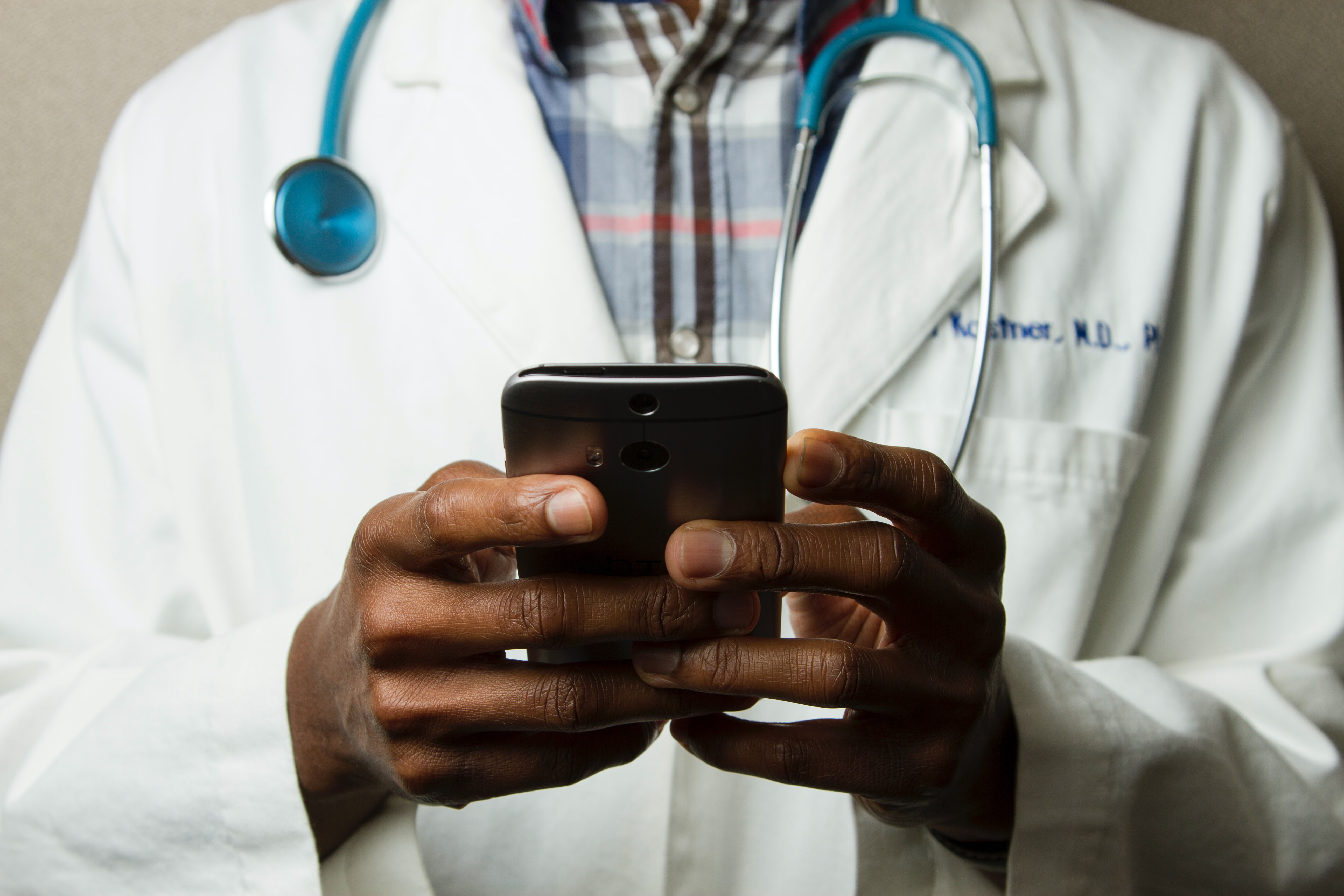Even before the COVID-19 pandemic, medical debt was throwing the country’s healthcare system into crisis. Now, as challenges with the virus continue, many people are losing their jobs, making it impossible to pay their bills. Add that to a 50-70% drop in patient volume due to coronavirus fears, and 13% of providers worry they’ll be out of business in a month. Struggling to keep the lights on, practitioners are trying a variety of strategies to obtain patient responsibilities – optimizing IT systems, collecting payments at the time of service, using external business offices (EBO) – but it’s not enough. These challenging times require a truly innovative solution.
No Government Support for Doctors
A $175 billion coronavirus relief package was created by the government to support healthcare providers, but there was no funding dedicated to primary-care physicians. As a result, 42% of doctors in private practice have laid off staff and taken steep pay cuts just to remain open. With little to no government support, providers are applying for help through the Paycheck Protection Program, putting them in direct competition with other businesses and industries. Of those whose applications are approved, the loan is barely enough to keep them afloat for the eight weeks the loan is meant to cover.
Hospitals are Hurting Too
Hospitals’ most profitable consumers are non-emergency patients. So, whether they’re inundated with COVID patients – or deserted by non-infected people who are scared to enter – hospitals are hemorrhaging cash. According to data compiled by Definitive Healthcare, a third of hospitals were already losing money on patient care before COVID, with 1,200 operating in the red for at least two of the last five years.
And while the federal CARES Act is directing some of the $175 billion to hospitals, those treating less than 100 COVID patients aren’t receiving support. With hospital visits still down 40% from this time last year, many medical centers are struggling to rebound their revenue.
“It has always been a challenge to maintain a healthy cash flow as a healthcare provider in a rural community. Epic River's Patient Lending program has become an essential tool in maintaining consistent revenue.” - Craig Stukey, Senior Accountant, Coffey Health
Care not Collections
In reality, private practice medicine is a small business that typically operates on a 3-4% profit margin. Even in the best of times, keeping up that revenue cycle is difficult. Attempting to ease the financial burden of their patients, many providers offer in-house payment plans. Maintaining these plans, however, can quickly become detrimental to the practice. It's time to completely rethink healthcare revenue cycles and collections.
The Solution
Epic River’s Patient Lending platform partners healthcare providers and community banks to reduce the financial burden on patients and get providers the cash they are owed quickly. Providers receive immediate payment while patients can pay in installments over time with low, simple interest rates:
Patients choose the loan terms they can afford using Epic River’s fully transparent platform.
- Patients accept their preferred loan terms. (ALL PATIENTS QUALIFY regardless of credit history.)
- The practice offloads all collection work to a local partner bank.
- The bank pays the provider upfront and in-full for the patient’s financial responsibility.
- The patient makes monthly payments to the bank until the loan is paid off.
In these challenging times, choose an innovative solution that ensures a positive outcome for your practice, your patients, and the medical industry as a whole. Choose to partner with Epic River. Contact us to learn more.



Leave a Comment